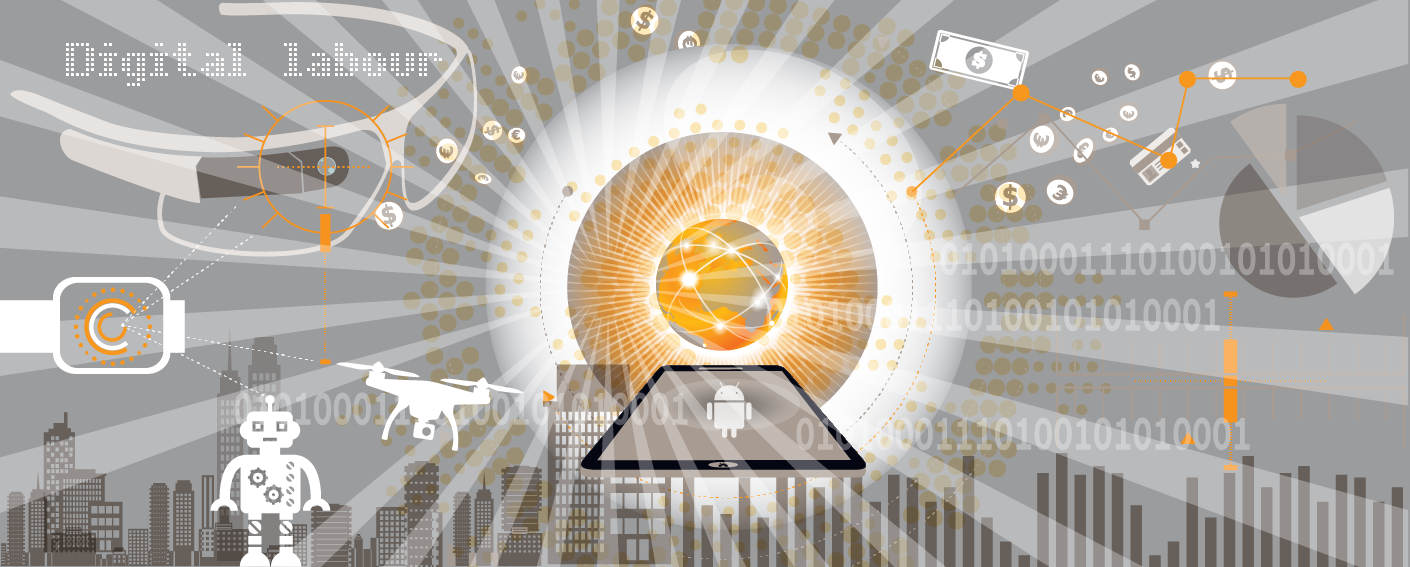Automation has grown up. In recent years, a new class of software known as digital labour or robotic process automation (RPA) has emerged. Financial institutions are looking to these tools to automate a wide range of activities without the need for complex programming. We think 2017 could be a breakout year for the technology.
RPA or digital labour describes logic-driven robots that execute pre-programmed rules on mostly structured, and some unstructured, data.
Deployment at scale still limited
In 2016, many financial institutions began to consider how to incorporate digital labour into their labour force strategies. But there’s a large gap between the leaders and everyone else. While most firms have started to experiment with RPA, they approach it as a technology solution rather than a staffing initiative. Most RPA projects in financial services have started by automating existing work, typically connecting legacy systems that don’t “talk” to each other. We’ve seen it used for reporting, reconciliation, data remediation, and other repetitive work.
For most, these are early days for RPA. Across the sectors, we’ve seen a lot of proof-of-concept activity, but deployment at scale has been limited. As a result, many firms have yet to see a financial upside from their investments.
Digital labour goes hand in hand with artificial intelligence
Because software rules can be programmed by division analysts rather than IT developers, we expect that use cases will proliferate rapidly in 2017. These will expand from core operations into administrative functions such as human resources (recordkeeping) and finance (reporting). Leading firms are taking an enterprise-wide approach to digital labour. They’re establishing centres of excellence to coordinate vendor contracts, creating policies and procedures to address security issues, and more. We also expect to see a greater emphasis on control functions for RPA activities that address operational risks.
RPA is seen by some as a basic application of artificial intelligence. Vendors are introducing a new generation of tools known as intelligent process automation (IPA). These applications allow the “bots” to learn and get better at what they do. These advances will make governance even more important.
Understand trade-offs and risks
Just because you have RPA doesn’t mean you should stop your broader technology transformation efforts. As powerful as the technology is, it shouldn’t replace your IT agenda.
Like other end-user computing programs, you should hold digital labour applications up to risk policy standards. This means documenting how they work, having effective plans in case humans need to step in to take over the work, and so on.

